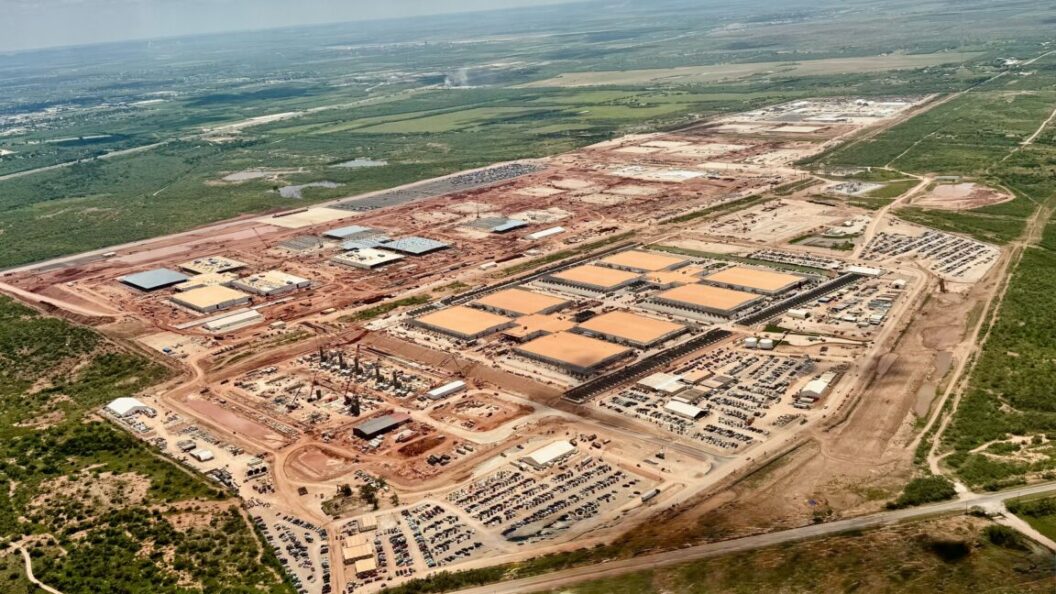The Complex Financial Web of AI Investments: OpenAI, Oracle, and Nvidia
In the rapidly evolving landscape of artificial intelligence, OpenAI has forged significant partnerships with tech giants Oracle and Nvidia, capturing the attention of industry observers and investors alike. These relationships are not merely foundational for AI advancements; they also prompt scrutiny regarding their financial frameworks, which some argue resemble intricate loops of investment rather than straightforward economic transactions.
The Foundation of Next-Gen AI
The development of next-generation AI models requires extensive computational resources, involving thousands of specialized chips operating continuously over extended periods. OpenAI’s continual advancements in this field necessitate a robust and effective supply chain, driving the urgency of partnerships with technology providers like Oracle and Nvidia.
Circular Investment Structures
Central to the current financial dialogue is Nvidia’s recent announcement of a potential $100 billion investment in OpenAI, aimed at expanding the deployment of Nvidia systems. This significant sum has raised eyebrows, particularly with statements like those from Bryn Talkington of Requisite Capital Management, who remarked, “Nvidia invests $100 billion in OpenAI, which then OpenAI turns back and gives it back to Nvidia.” This statement encapsulates growing concerns about whether such financial entanglements represent true investment or self-replicating financial engineering.
Oracle’s collaboration mirrors this model. Reports indicate a $30 billion-per-year arrangement in which Oracle constructs facilities that OpenAI pays to utilize. The cyclical nature of these agreements has sparked debate among financial experts and analysts about their genuine economic value.
Emerging Leasing Models
The complexity of these financial relationships is further exacerbated by discussions reported by The Information, indicating that Nvidia is considering leasing its chips to OpenAI rather than selling them outright. This hypothetical scenario would involve Nvidia creating a separate entity to purchase its own GPUs and then lease them to OpenAI, adding another layer to the intricate financial web.
Technology critic Ed Zitron shared pointed observations on this practice, indicating that “NVIDIA seeds companies and gives them the guaranteed contracts necessary to raise debt to buy GPUs from NVIDIA, even though these companies are horribly unprofitable and will eventually die from a lack of any real demand.” Zitron referred to firms like CoreWeave and Lambda Labs, which have amassed substantial debt largely fueled by contracts with Nvidia. This dynamic echoes the patterns forming between OpenAI and its partners, raising concerns about long-term sustainability.
Concerns Over Potential Market Collapse
The question looms large: What happens if the AI bubble bursts? Sam Altman, CEO of OpenAI, has indeed warned that "someone will lose a phenomenal amount of money" in what he refers to as the AI bubble. If demand for AI services fails to meet the optimistic projections that have been set, it could lead to massive financial losses for investors who have engaged in what some view as speculative ventures.
Analysts point out that, unlike the fiber optic cables from the dot-com bubble, which eventually found utility with the rise of the Internet, the massive data centers constructed during this AI boom may not pivot easily if demand does not materialize as expected. While some of these facilities could potentially adapt to serve cloud computing or scientific research, the financial realities could mean significant losses, particularly for those who invested based on inflated AI expectations.
Conclusion: Navigating the AI Investment Landscape
The intertwining financial relationships between OpenAI, Oracle, and Nvidia offer a critical lens into the complexities of AI investments today. While these partnerships hold the promise of accelerating technological advancements, they also raise pertinent questions about the sustainability and transparency of the underlying financial structures. As the industry moves forward, both potential investors and consumers of AI technology must remain vigilant about the implications of these circular financial relationships and their consequences for future AI development.









